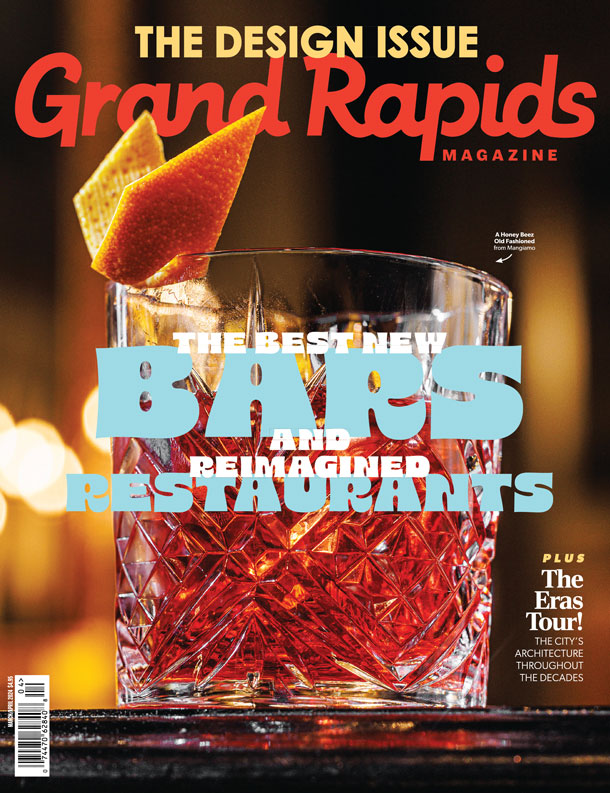John Ball Zoo, ever on the forefront of species maintenance and preservation, is making strides to protect the population of eastern box turtles. The Zoo is partnering with two other local organizations aimed to protect young hatchlings from predators.
“Conservation is at the center of everything we do at John Ball Zoo, and partnerships like this help make a difference in our local ecosystem. We’re grateful to GVSU and Pierce Cedar Creek Institute for helping make a difference,” said Bill Flanagan, conservation manager at John Ball Zoo.
The three organizations have teamed up to “head start” baby eastern box turtles. This field work involves raising vulnerable species with human intervention to a point and then releasing them into the wild at an age when they are less susceptible to predators, such as raccoons, a top predator for baby turtles.
“Head starting is a technique that can have incredibly positive effects on declining turtle populations, yet we lack information on the efficacy of this technique for eastern box turtles,” said Jennifer Moore, associate professor of wildlife biology and natural resources management at GVSU. “The partnership between GVSU and John Ball Zoo has been crucial for this project and the long-term conservation of these threatened turtles.”
John Ball Zoo has a long history of turtle conservation work and has been head starting turtles since 2007. GVSU places trackers on the head-started turtles and tracks them post release, documenting their survivorship and ecology. The knowledge gained will verify the validity of head-starting turtles as a conservation practice and inform future conservation strategies.
“Many people don’t realize that the turtles we sometimes see in our backyards or crossing the street are imperiled, and this important project helps us understand how we can further protect this valuable species,” said Bill Flanagan, conservation manager at John Ball Zoo,” Flanagan said.
The Zoo works with a GVSU graduate student who is studying the efficacy of head starting as well as the ecology of head-started turtles. John Ball Zoo has raised and released 74 turtles throughout the last three seasons and currently has 12 baby turtles getting their head start at the Zoo. The wild turtles are currently hibernating, and in May, the baby turtles will be released into the wild near the Pierce Cedar Creek Institute, their original habitat. The Institute is the primary funder of this research.
“This research is important because turtles live long lives, so we will be able to follow them into the future to assess the efficacy of the head starting process,” said Matt Dykstra, field station manager at Pierce Cedar Creek Institute. “There are many reptilian and amphibian species that are also in population decline, and what we learn here could help us protect box turtles and other species throughout the state.”
In the March/April issue of Grand Rapids Magazine, Pat Evans goes deeper into the conservation efforts at the John Ball Zoo, with information about a new pygmy hippo exhibit…keep an eye out for it!








Facebook Comments